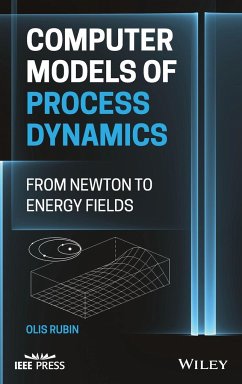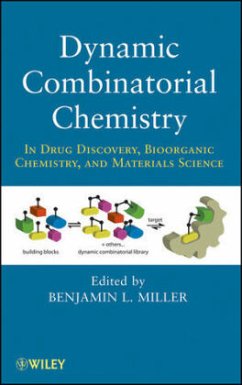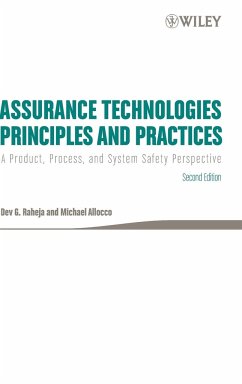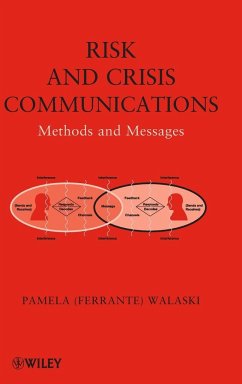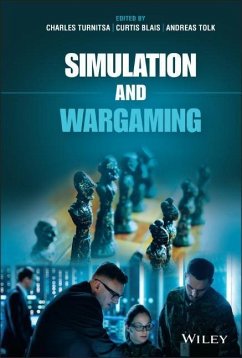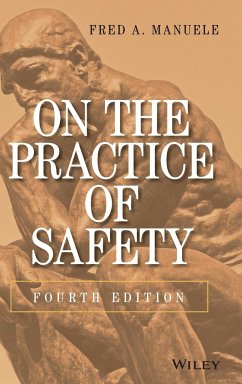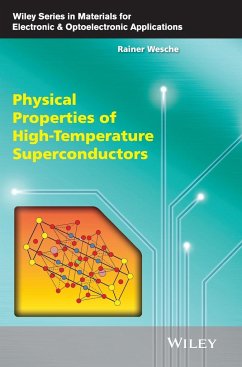Nicht lieferbar
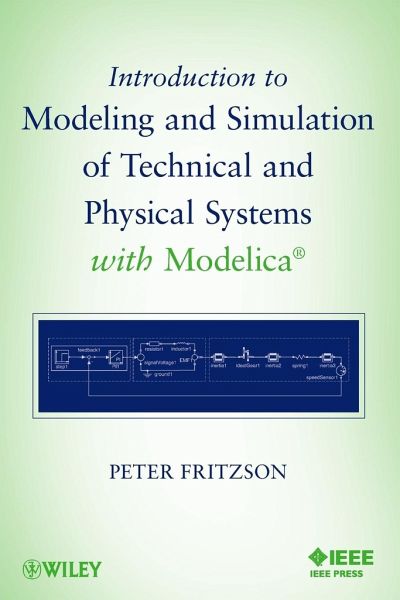
Introduction to Modeling and Simulation of Technical and Physical Systems with Modelica
Versandkostenfrei!
Nicht lieferbar
Using the versatile Modelica language and its associated technology, this book presents an object-oriented, component-based approach that makes it possible for readers to quickly master the basics of computer-supported equation-based object-oriented (EOO) mathematical modeling and simulation. Readers will find plenty of examples of models that simulate distinct application domains and that combine several domains. Written by the Director of the Open Source Modelica Consortium, this book is recommended for engineers and students interested in computer-aided design, modeling, simulation, and ana...
Using the versatile Modelica language and its associated technology, this book presents an object-oriented, component-based approach that makes it possible for readers to quickly master the basics of computer-supported equation-based object-oriented (EOO) mathematical modeling and simulation. Readers will find plenty of examples of models that simulate distinct application domains and that combine several domains. Written by the Director of the Open Source Modelica Consortium, this book is recommended for engineers and students interested in computer-aided design, modeling, simulation, and analysis of technical and natural systems.





